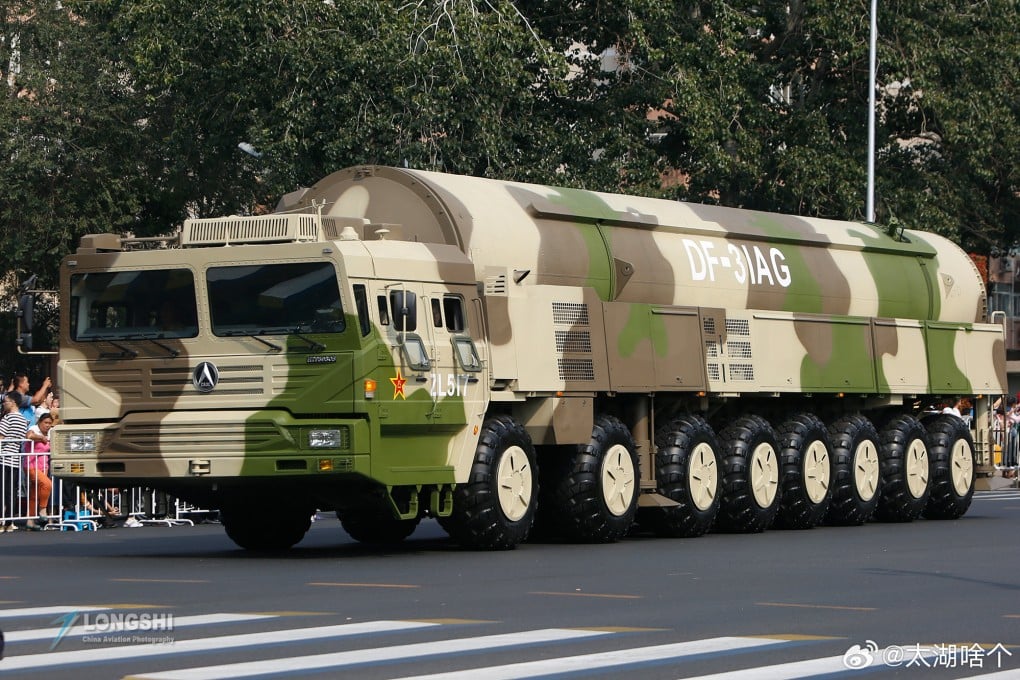What do we know about the DF-31 variant used in China’s recent ICBM test?
The missile fired into the Pacific travelled around 12,000km and appears to have been a model that can be fired from a mobile launcher suited to rough terrain

Beijing has not said what type of rocket was used but, based on photos released a day after the test, military analysts have concluded that it was a variant of the Dong Feng-31.
The three-stage DF-31, which first entered service in 2006, and its variants can carry either a single warhead or a payload carrying three or four smaller warheads that can be released to attack multiple targets.
Wednesday’s launch saw the missile with a dummy warhead travel 12,000km (7,460 miles) from its launch site in Hainan, passing near the Philippines and Guam and landing in the Pacific near the French territory of the Marquesas Islands.
It was the first time in 44 years that China had tested an ICBM beyond its own airspace and Fu Qianshao, a former PLA equipment specialist, said China wanted to test the model to improve its long-range strike capacity.
“Although the DF-31 can reach intercontinental ballistic missile levels, it has never undergone a full-range launch test, so this experiment is necessary,” Fu said.